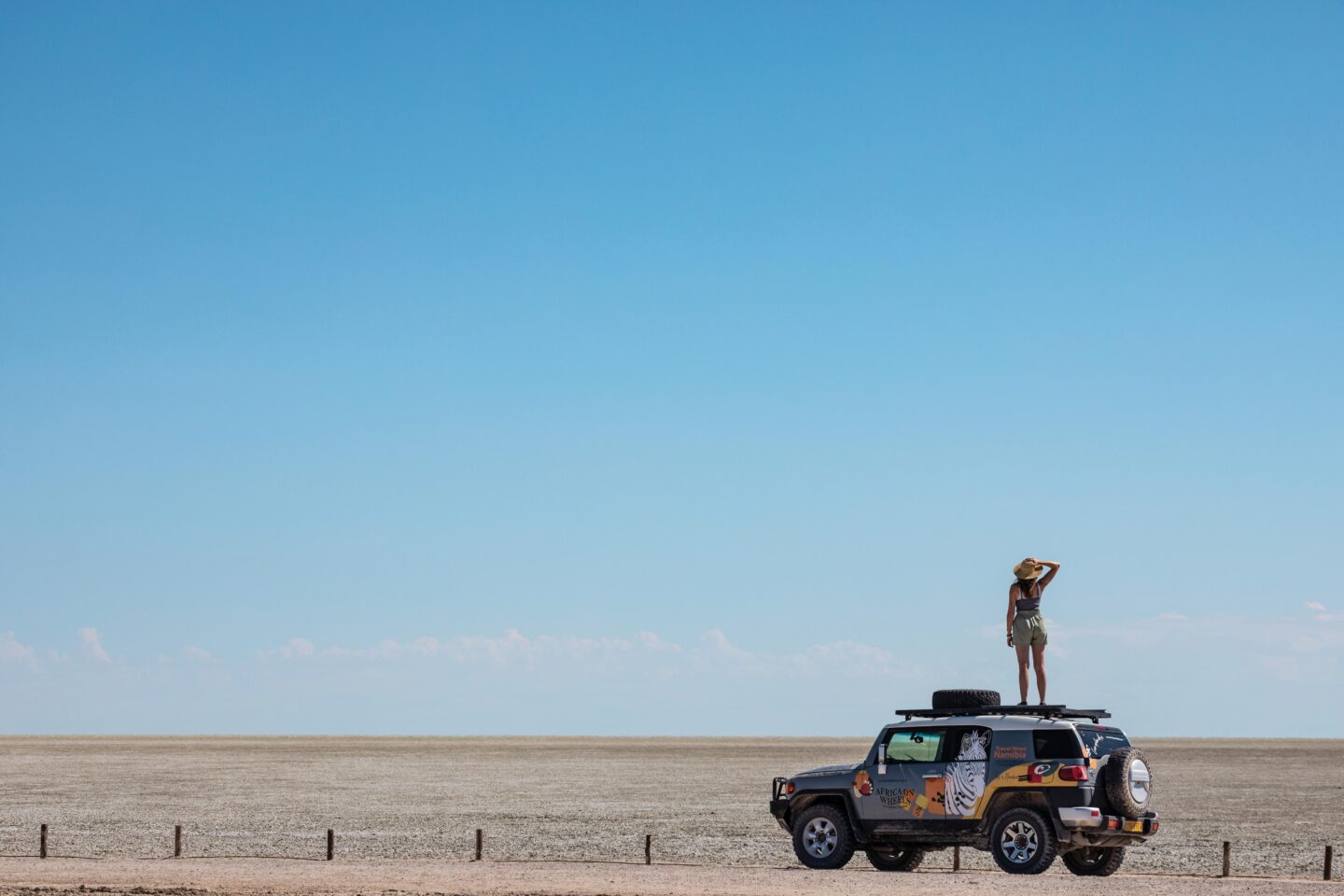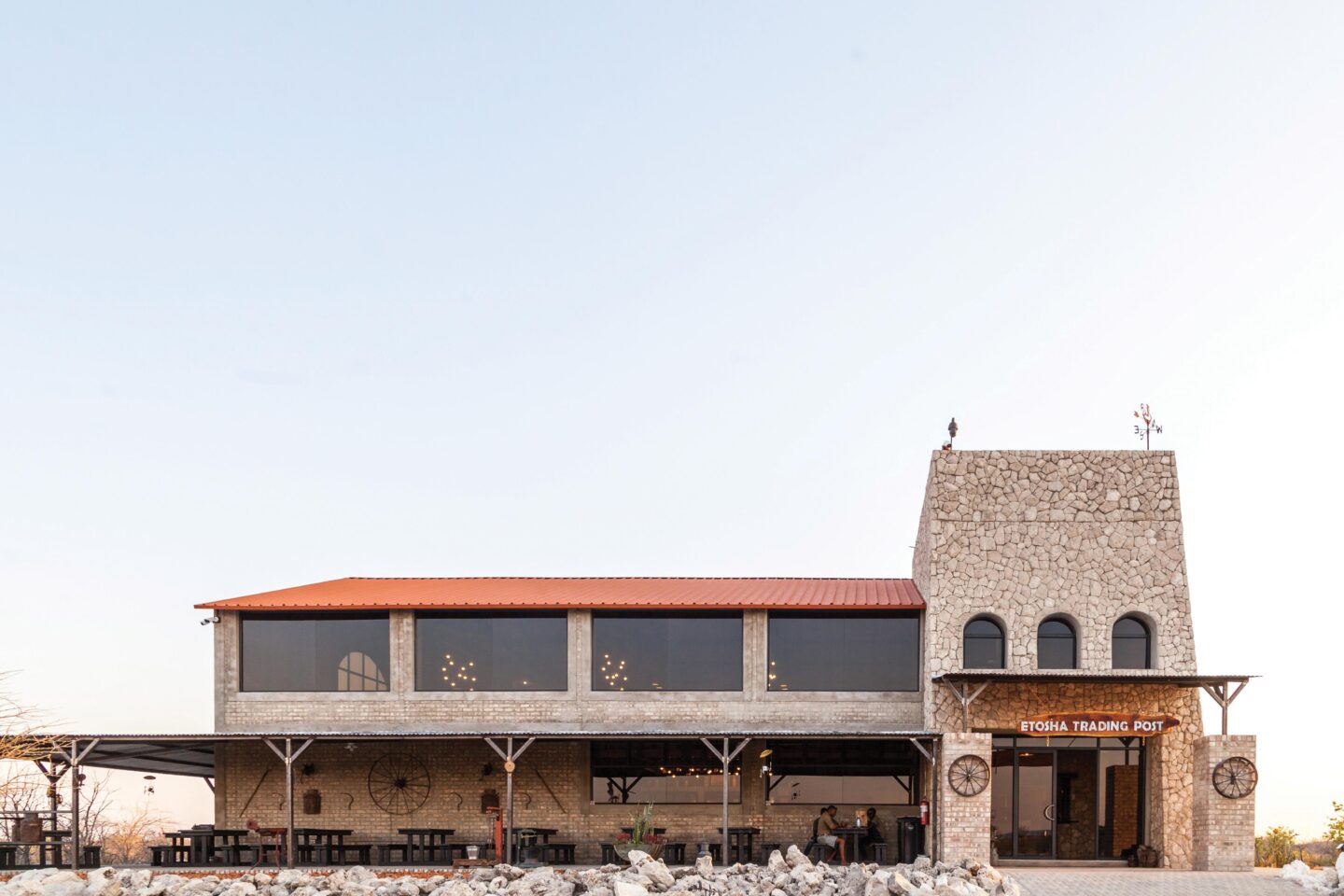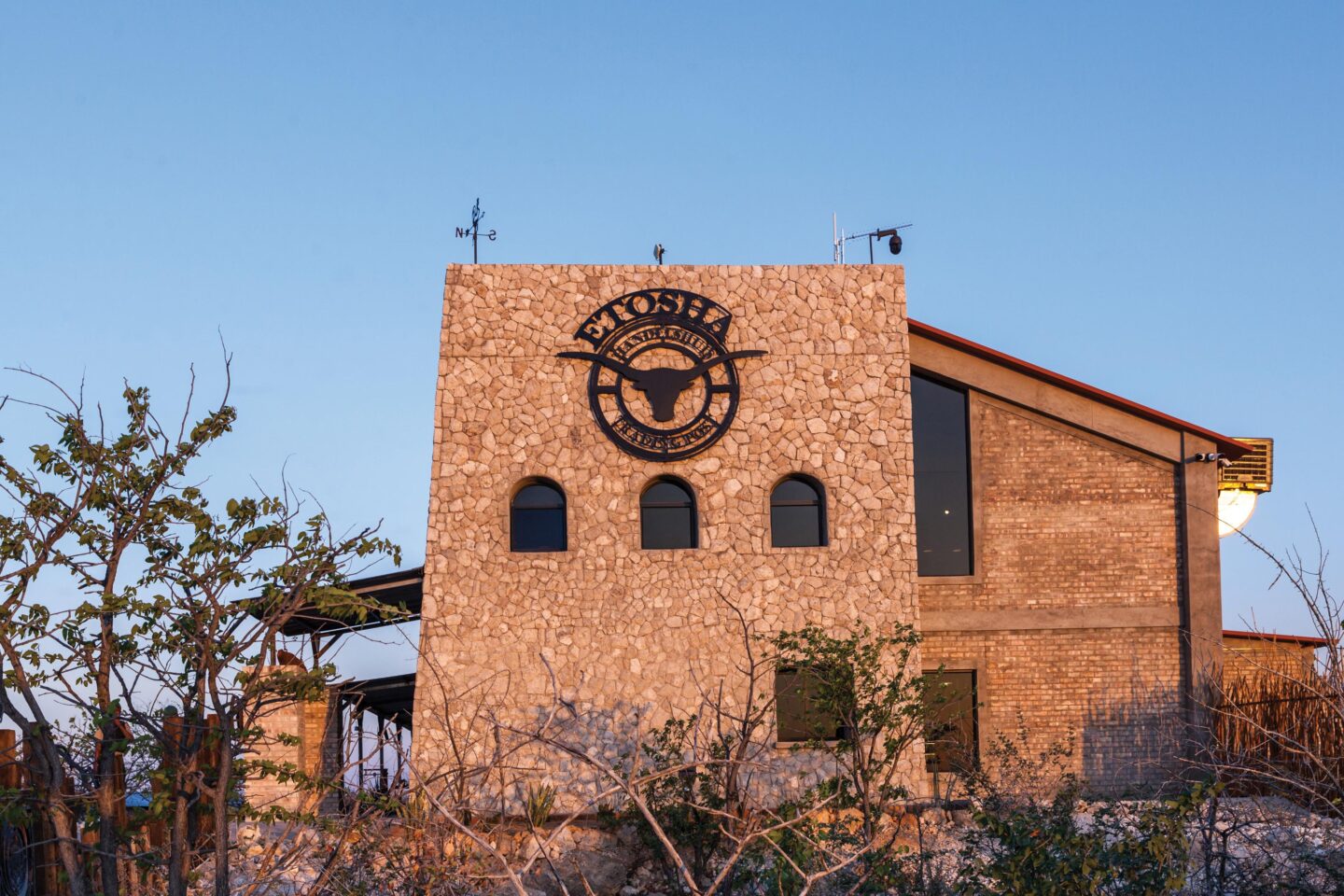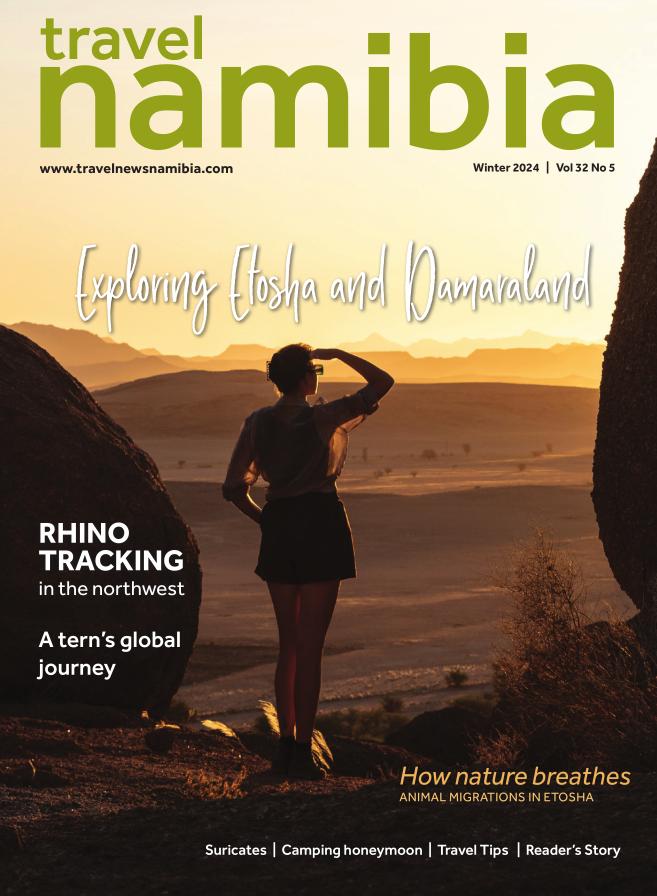

NEED-TO-KNOWS
before your safari in Etosha
“It’s best for all your limbs, besides the occasional hand on your long camera lens, to be inside the car at all times.”
Text Charene Labuschagne | Photographs Le Roux van Schalkwyk
From the Winter 2024 issue
GETTING IN AND AROUND:
All of Etosha’s border gates open at sunrise and close at sunset. Even if you are staying inside the park, these times must be adhered to as the gates to the lodges themselves open and close accordingly.
At the time of this magazine going to print, the roads in Etosha were in dire condition. Ungraded and forming deep ditches after the rainy season, traversing the roads on our recent visit proved to be quite time consuming. Bring lots of patience along and drive slowly, odds are you’ll spot more animals in the process. We saw two honey badgers as a result of driving more cautiously.
PARK FEES:
- Adults (foreign) is N$ 150-00 per adult per day
- Adults (SADC) is N$ 100-00 per adult per day
- Adults (Namibian) is N$ 50-00 per adult per day
- Children under 16 years are free of charge
- Vehicles with 10 seats or less are N$ 50-00 per vehicle per day
Park fees should be paid upon entering at the NWR offices.
YOU’VE SPOTTED AN ANIMAL, NOW WHAT?
When at an animal sighting, be it a waterhole or in the field, it is considered good etiquette to switch off your car engine while viewing the wildlife. Once you have secured a safe and comfortable distance from the animals, the symphony of nature should be the only sound we hear. The same goes for loud talking and laughing at sightings.
You are only allowed to disembark your vehicle at designated areas, such as toilets or rest stops. This is for your own safety, and the safeguarding of the park. This includes sitting on the car door with the window open, which risks falling out, or being snatched by a curious elephant trunk. It’s best for all your limbs, besides the occasional hand on your long camera lens, to be inside the car at all times.
Elephant sightings in particular are to be handled with finesse. When a herd of elephants is crossing the road, stop your vehicle at a distance, immediately. Oftentimes, drivers try to get too close to where the elephants are crossing, and doing so, obstruct their path, causing them to get frustrated and uncomfortable. These two moods are highly unfavourable in elephants, the results of which are well documented and tend to go viral for the wrong reasons.
When parking your vehicle at an animal sighting, try to leave enough space on the road for another car to pass. If you happen to be a latecomer to a sighting and there are already a few cars parked, it’s considered good etiquette to park behind the last or in front of the first car. That means no squeezing into a crevice, driving offroad in the process, and disturbing the animals with lots of back and forth manoeuvres.

STOCKING UP AT ETOSHA TRADING POST
Just 6.5 km before the southern Anderssons Gate is the Etosha Trading Post, which boasts a few campsites, a fuel station and a well-stocked grocery and curio store. Should you forget any essentials when shopping in Windhoek, Otjiwarongo or Outjo, this shop stocks almost everything you might need. Cold beer, a barbeque grid, snacks or a toothbrush, as well as some fresh takeaway meals and many other goodies, the Etosha Trading Post’s selection certainly impresses.

A SIGHTSEEING DETOUR
Leaving Etosha at Namutoni, through the Von Lindequist Gate, our journey back to Windhoek meant a sightseeing stop along the way. 20 km northeast of Tsumeb is the Otjikoto Lake, a weird and wonderful natural phenomenon with a fascinating history. The sinkhole lake, formed by a collapsing karst cave, was declared a national monument in 1972.
In 1915 retreating German troops dumped ammunition in the lake to prevent it from falling into South African possession. A handful of the discarded weaponry was recovered and can be seen in the Owela Museum in Tsumeb.
Because the lake tapers into a lateral cave system, it is hard to determine its precise depth, adding to the strange mystique of Otjikoto. Legend has it that the German troops also dumped a chest of gold, which some opportunistic treasure hunters had come in search of to no avail. Swimming in the lake is not allowed, as it is said to have deadly, unseen currents.
It might appear to be just a sinkhole lake, but Otjikoto’s magic is your imagination and some informative guides to help colour in the picture. TN






